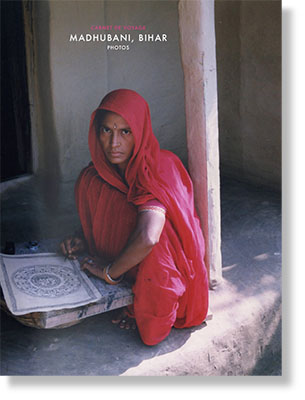
Source Dawn by Nageen Shaikh
The British did not colonise the Indian Subcontinent only for spices and land. In fact, they were quite deeply enamoured of the indigenous flora and fauna of this diversely populated part of South Asia. In the late 1700s, British patrons of the East India Company hired many local Indian artists to create albums and folios with intricately detailed and polished paintings and drawings of India’s native bounty — the natural world of plants, animals and birds. These works were collectively termed ‘Company Painting’. However, the degradation of traditional Indian painting, because of the arrival of colonial forms of education and the dawn of photography, overshadowed these original works, driving them well into obscurity. The book Forgotten Masters: Indian Painting for the East India Company accompanies the art exhibition of the same name at The Wallace Collection, a museum in London. As the exhibit jolts our fascination by bringing these obscure Indian masterpieces to public view, the catalogue is refreshingly complete with an introduction by the exhibition’s guest curator and historian William Dalrymple.
> read more
lundi 11 mai 2020
NON-FICTION: THE FORGOTTEN INDIAN ARTISTS
mercredi 6 mai 2020
Zarina Hashmi, Artist of a World in Search of Home, Dies at 82

Source The New York Times by Holland Cotter
In recent years the political scope of Ms. Hashmi’s work has sharpened, in prints that refer to anti-Muslim violence and the plight of persecuted refugees. Even then, in its scale and reflective mood, her art remains as personal and intimate as a diary. Regret colors the narrative. (“Nobody is left in our house at Aligarh. Rani is gone. My parents are gone. Home has become another foreign place.”) But something like serenity settled in. “I have had people come to my show and start to cry,” Ms. Hashmi said in her interview with the Met. “I always ask them why, and usually they say, ‘That is our story also.’ A lot of them were people who were exiles from their own country: Holocaust survivors, or people who had the desire to return home. I realize that if you tell your story and if someone can come and cry on your shoulder, that is sharing.”
> read more
vendredi 1 mai 2020
Art in the time of COVID: 10 galleries from India and Dubai come together for a one-of-a-kind digital exhibition

Source Architectural Digest by Kriti Saraswat-Satpathy
Even in the grimmest of times, art has the power to uplift, bring about a change and influence. Take this COVID-19 quarantine time for instance, with art talks, conferences, exhibitions and auctions being suspended. But creativity cannot be contained, and as a response to this pandemic, a new-age, futuristic digital platform has emerged called ‘In Touch’ that will bring together a diverse range of programmes, exhibitions and artists from various galleries. For its first edition, 10 galleries from India and Dubai will be showcasing works of artists that hold relevance in this unique time. We give you a preview of this unique, innovative digital exhibition.
> read more
Artist Dhruvi Acharya’s watercolours, which are up for sale, are helping tide over this crisis

Source Architectural Digest by Ritupriya Basu
“I paint because I almost have to, for my peace of mind,” says artist Dhruvi Acharya, when quizzed about her relationship with art. Painting, for Acharya, is a process that is equally cathartic and meditative, a telling aspect of her practice that reflects in her elaborate, psychologically complex drawings. Ever since India went under a nation-wide lockdown to battle the Coronavirus pandemic, Acharya started painting, almost compulsively, to help untangle her thoughts and take stock of her emotions.
> read more
IN SCULPTURES AND PRINTS, MRINALINI MUKHERJEE CAPTURED THE WILDNESS OF NATURE

Source Art in America by Skye Arundhati Thomas
Born in Mumbai in 1949, two years after Indian Independence, Mrinalini Mukherjee, who died in 2015, belonged to a generation of artists emerging in the 1960s who attempted to decolonize the young nation’s visual arts. Primarily a fiber-based sculptor, she used materials indigenous to South Asia, like hemp, jute, cotton, wool, and sisal, updating Indian craft techniques to develop a unique hybrid language that combined the traditional and the modern. She frequently modeled her sculptures on flora but—as Nilima Sheikh recalls in the catalogue for the artist’s 2015 retrospective at the National Gallery of Modern Art in New Delhi—had no interest in “pretty English landscapes.” Instead, her inspirations tended to be wild and tropical: spiky date palms and lush mango groves, bougainvillea and plantain trees.
> read more



















